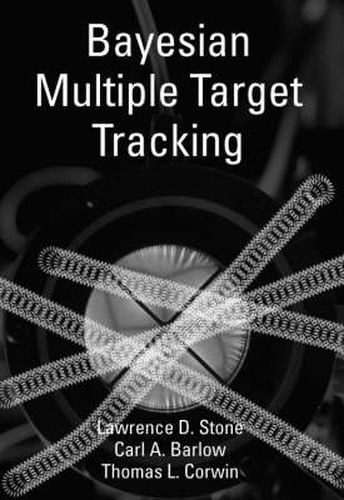Readings Newsletter
Become a Readings Member to make your shopping experience even easier.
Sign in or sign up for free!
You’re not far away from qualifying for FREE standard shipping within Australia
You’ve qualified for FREE standard shipping within Australia
The cart is loading…






Using the Bayesian inference framework, this book enables the reader to design and develop mathematically sound algorithms for dealing with tracking problems involving multiple targets, multiple sensors, and multiple platforms. It shows how non-linear Multiple Hypothesis Tracking and the Theory of United Tracking are successful methods when multiple target tracking must be performed without contacts or association. With detailed examples illustrating the developed concepts, algorithms, and approaches, the book helps the reader track when observations are non-linear functions of target site, when the target state distributions or measurements error distributions are not Gaussian, when notions of contact and association are merged or unresolved among more than one target, and in low data rate and low signal to noise ratio situations.
$9.00 standard shipping within Australia
FREE standard shipping within Australia for orders over $100.00
Express & International shipping calculated at checkout
Using the Bayesian inference framework, this book enables the reader to design and develop mathematically sound algorithms for dealing with tracking problems involving multiple targets, multiple sensors, and multiple platforms. It shows how non-linear Multiple Hypothesis Tracking and the Theory of United Tracking are successful methods when multiple target tracking must be performed without contacts or association. With detailed examples illustrating the developed concepts, algorithms, and approaches, the book helps the reader track when observations are non-linear functions of target site, when the target state distributions or measurements error distributions are not Gaussian, when notions of contact and association are merged or unresolved among more than one target, and in low data rate and low signal to noise ratio situations.